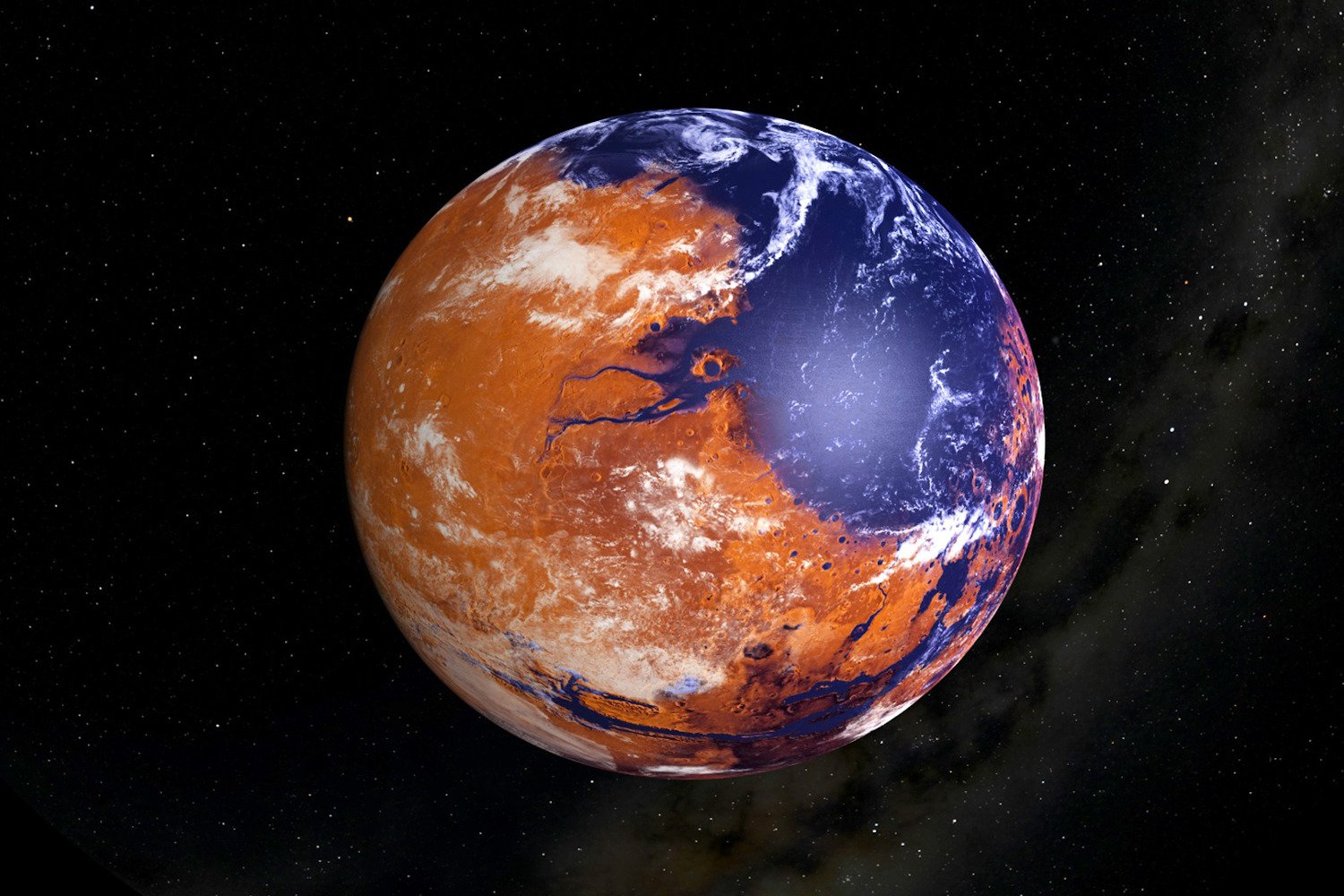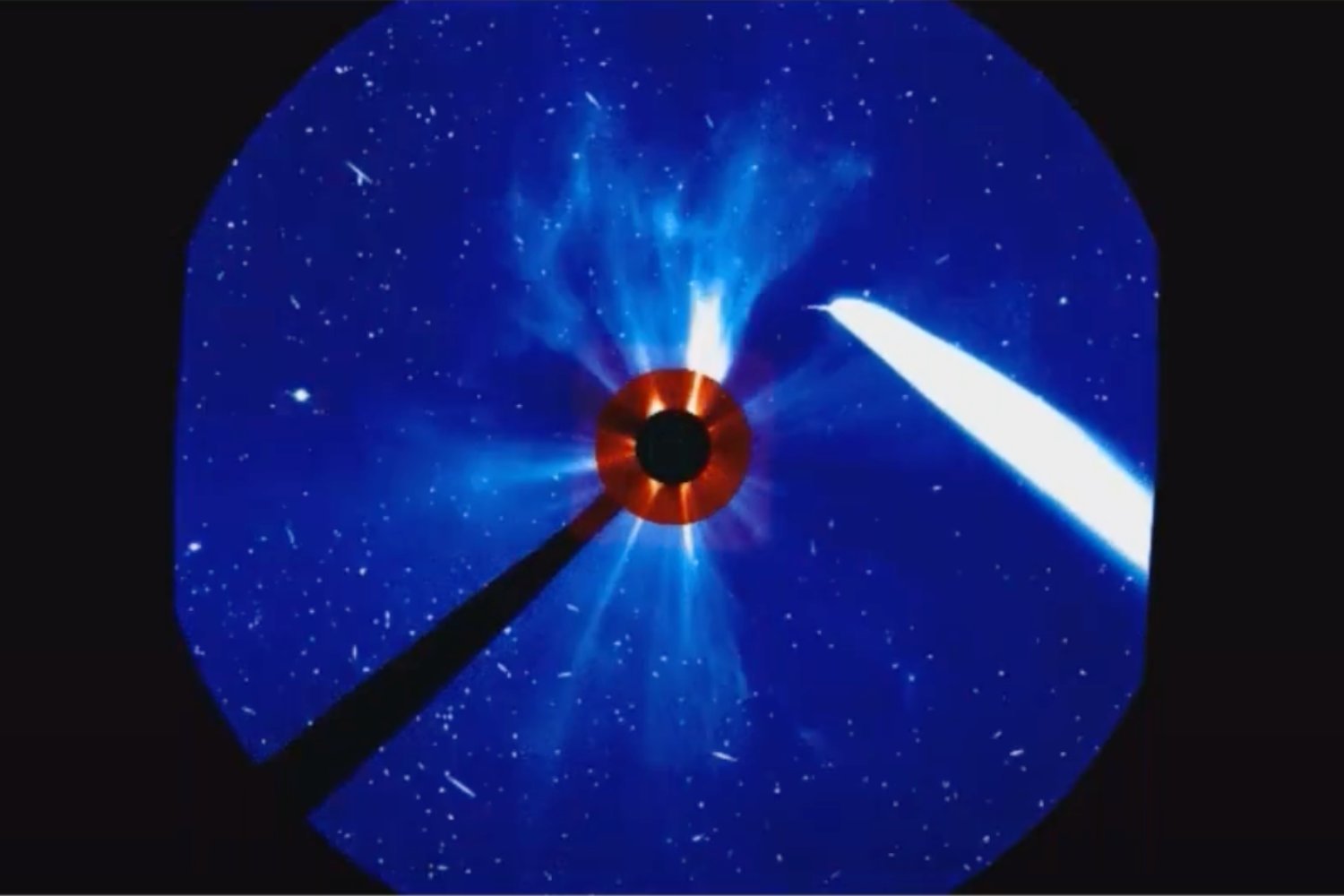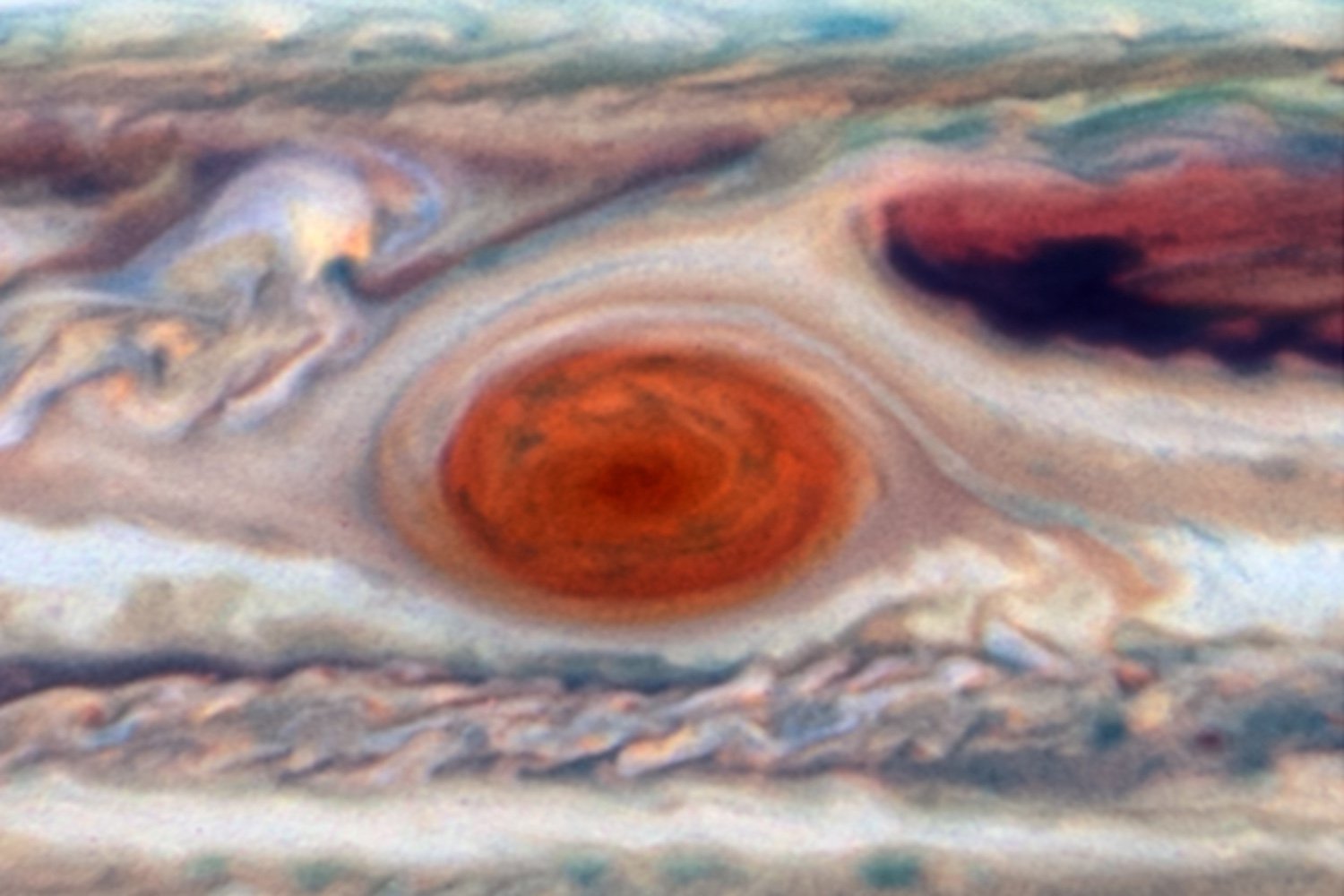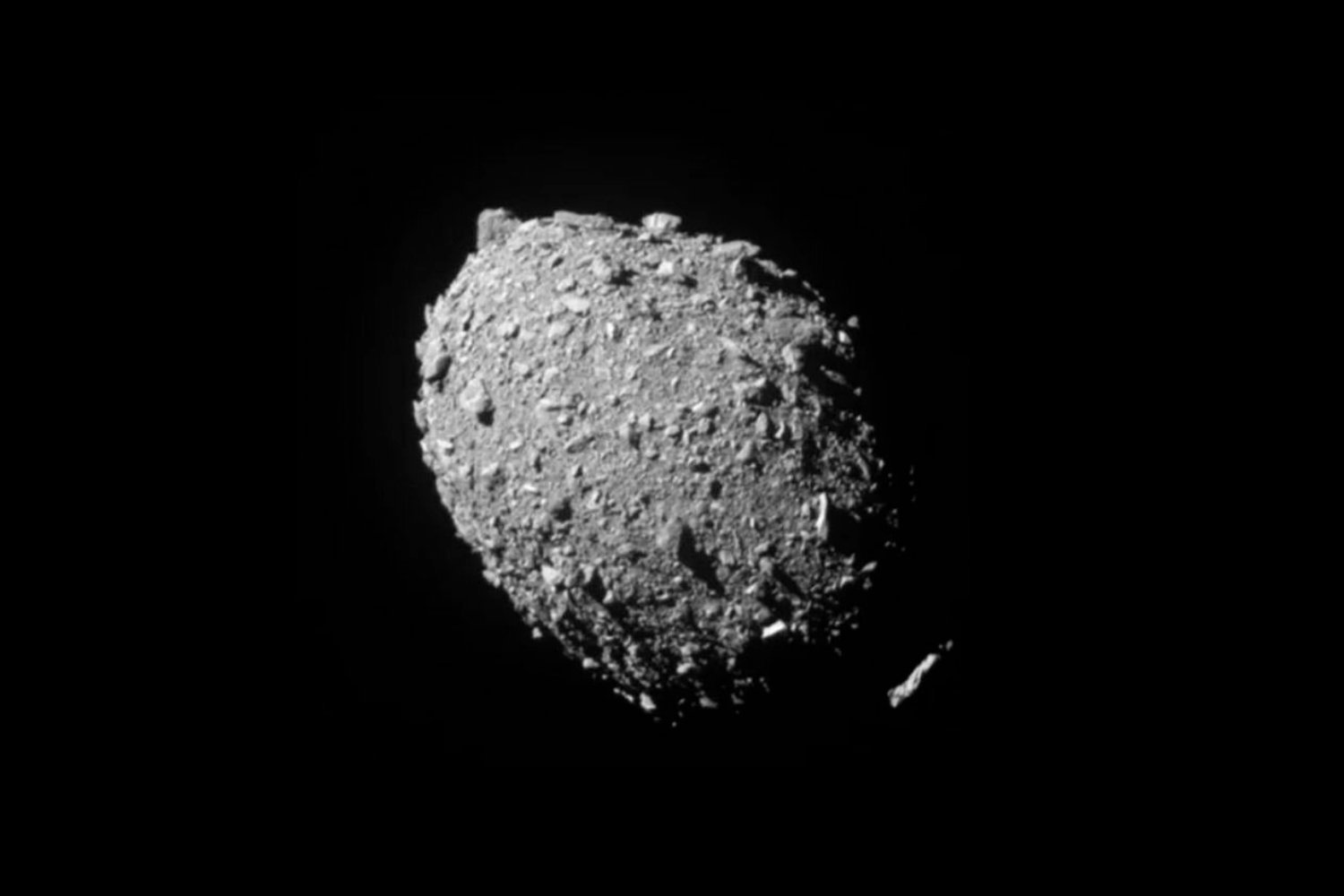NASA’s Curiosity rover has provided new insights into the potential for past life on Mars, adding complexity to existing theories. Analysis of Martian soil suggests that conditions suitable for life may have existed, but only intermittently. Ironically, the very processes that deposited life-essential elements in the soil may also have contributed to the arid conditions prevalent today.
Since 2012, Curiosity has been exploring Gale Crater, analyzing soil and rock samples to identify carbon-rich minerals. Carbon, crucial for life due to its ability to form complex molecules like DNA and RNA, was a key target. The rover’s findings suggest that while Mars is currently inhospitable, any periods of habitability may have been short-lived. However, the possibility of microbial life thriving in more hospitable subterranean environments remains open and requires further investigation.
Previous missions and meteorite analysis have indicated the past presence of organic compounds rich in carbonates on Mars. To analyze the carbon and oxygen isotopes within these carbonates, the Curiosity team utilized the rover’s Sample Analysis at Mars (SAM) instrument. SAM heats samples to over 1,650°F (899°C) and analyzes the resulting gases with a laser spectrometer.
The data transmitted back to Earth revealed higher levels of certain heavy carbon and oxygen isotopes than previously observed in Martian samples. Both elements are essential to the carbon cycle, a process fundamental to life on Earth. However, the proportion of heavier isotopes in the Martian samples significantly exceeded terrestrial levels.
Two possible explanations for this isotopic composition have been proposed. The first involves alternating wet and dry periods. During dry spells, lighter isotopes would evaporate with the water, leaving behind the heavier ones. The brevity of liquid water phases would have limited the duration of potential habitable periods.
Alternatively, the carbonates may have formed in extremely cold, highly saline water – an environment hostile to even the most basic life forms.
“These formation mechanisms represent two different climate regimes with contrasting implications for habitability,” explains Jennifer Stern, a space scientist at NASA’s Goddard Space Flight Center. “Wet-dry cycling suggests alternating habitable and uninhabitable environments, while cryogenic temperatures at Martian mid-latitudes imply a less-habitable environment with limited liquid water, much of it locked in ice and highly saline.”
While these findings might appear discouraging for the search for Martian life, they are not necessarily so. Lead study author David Burtt, a postdoctoral fellow at NASA, acknowledges the evidence for extensive evaporation but suggests that life could have persisted in subsurface biomes. He also doesn’t discount the possibility of a more life-friendly ancient atmosphere preceding the carbonate formation, or differing climate conditions in other Martian regions.
The quest for Martian life has yielded intriguing but inconclusive results. As Curiosity and Perseverance continue their exploration, the possibility of a past or present Martian biosphere remains tantalizing. Future crewed missions, potentially in the 2030s or 2040s, could provide definitive answers, offering the first direct observation of this intriguing world by living beings.











